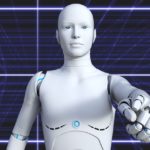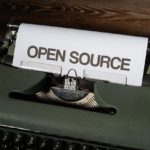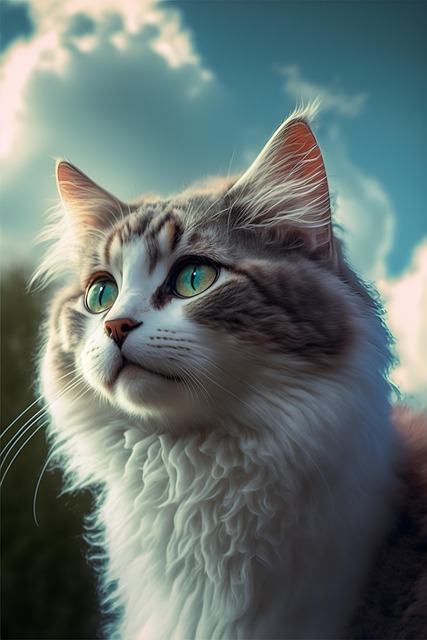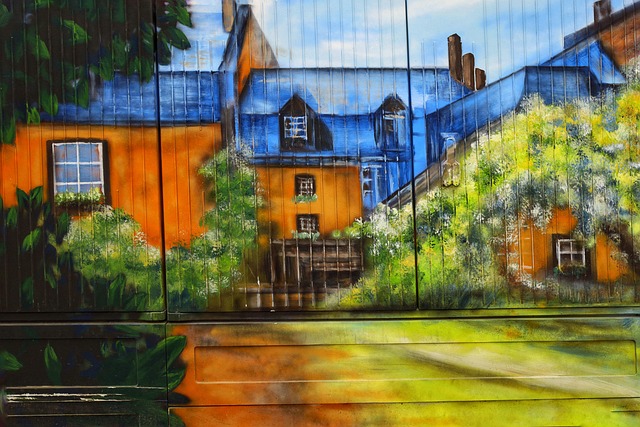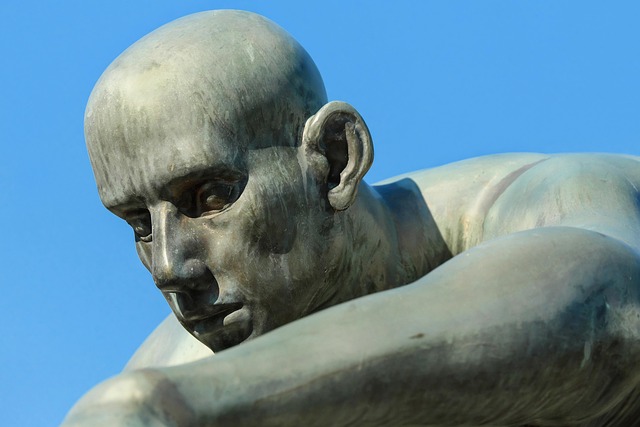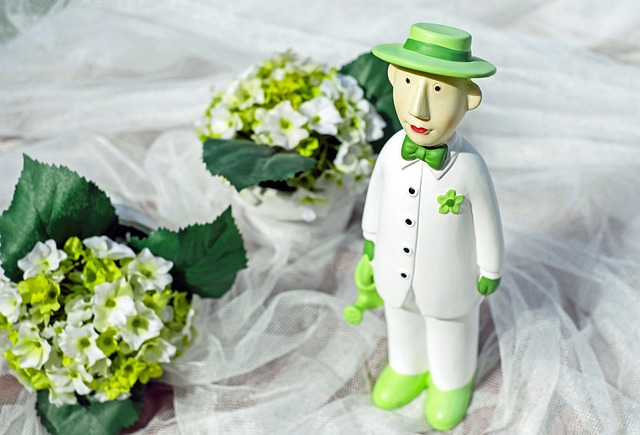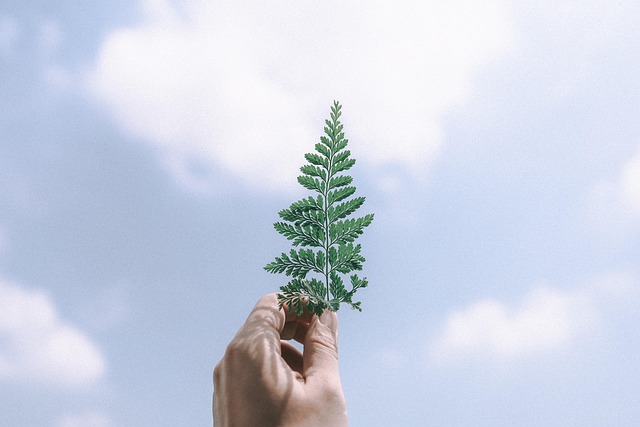# AI Art: Exploring the Boundaries of Technology and Human Expression in Visual Creativity
The intersection of artificial intelligence (AI) and art has become one of the most compelling narratives in contemporary culture. As technology advances, the capabilities of AI to generate, interpret, and even critique art have sparked both excitement and controversy. This article delves into the complexities of AI art, examining its implications for creativity, the role of human expression, and the ethical considerations that arise in this evolving landscape.
## The Emergence of AI in Artistic Creation
Initially, the integration of AI into the art world was met with skepticism. Critics questioned whether machines could truly create art or if they were merely mimicking human techniques. However, advancements in machine learning and neural networks have demonstrated that AI can produce works that are not only visually striking but also conceptually rich. Programs like OpenAI’s DALL-E and Google’s DeepDream illustrate the potential of AI to generate unique images based on textual descriptions or to reinterpret existing artworks through algorithmic transformations.
One notable aspect of AI-generated art is its ability to analyze vast datasets of existing artworks, learning patterns, styles, and techniques from a myriad of artists across history. This capacity enables AI to create pieces that can evoke the styles of renowned painters or even blend multiple influences into a single composition. As a result, AI art is not merely derivative; it represents a new form of creativity that challenges traditional notions of authorship and originality.
Furthermore, the collaborative potential of AI has led to exciting partnerships between artists and technology. Artists can now use AI as a tool to explore new creative avenues, pushing the boundaries of their own artistic practices. This collaboration encourages a dialogue between human intuition and machine learning, resulting in a dynamic interplay that enriches the creative process.
## Human Expression in the Age of AI
Despite the technological prowess of AI, the question of human expression remains central to the discourse surrounding AI art. While machines can generate aesthetically pleasing images, they lack the emotional depth and subjective experience that characterize human creativity. Artists often infuse their work with personal narratives, cultural contexts, and emotional resonance—elements that AI, in its current form, cannot replicate.
Critics argue that the absence of human experience in AI-generated art leads to a superficiality that undermines the value of artistic expression. The nuances of emotion, the subtleties of cultural commentary, and the exploration of existential themes are inherently human endeavors that AI cannot fully grasp. In this sense, AI serves as a complement to human creativity rather than a replacement. It offers new tools and possibilities, but the heart of artistic expression remains rooted in the human experience.
Moreover, the use of AI in art raises questions about the nature of creativity itself. What does it mean to create? Is creativity solely a product of individual genius, or can it emerge from collaborative processes involving technology? These inquiries challenge established definitions of art and creativity, prompting both artists and audiences to reconsider their understanding of what constitutes genuine artistic expression.
## Ethical Considerations and the Future of AI Art
As AI continues to evolve, ethical considerations surrounding its use in art become increasingly pressing. Issues of authorship, copyright, and the commodification of creativity are at the forefront of this debate. When an AI generates a piece of art, who owns the rights to that work? Is it the programmer, the user who prompted the AI, or the AI itself? These questions challenge existing legal frameworks and necessitate a reexamination of intellectual property laws in the context of AI-generated content.
Additionally, the potential for misuse of AI in the art world raises concerns about authenticity and originality. With the ability to replicate styles and techniques, AI could flood the market with imitations, potentially devaluing the work of human artists. This commodification of art, driven by algorithms and data, risks reducing creativity to a series of patterns and trends devoid of personal touch.
Furthermore, the accessibility of AI tools democratizes art creation, allowing individuals without traditional artistic training to produce compelling works. This shift could lead to a more inclusive art world, where diverse voices and perspectives are represented. However, it also raises questions about the quality and depth of artistic expression. As AI-generated art becomes more prevalent, the challenge will be to maintain a balance between accessibility and the preservation of artistic integrity.
In conclusion, the fusion of AI and art presents a fascinating exploration of technology and human expression. As we navigate this uncharted territory, it is essential to recognize the unique contributions of both AI and human creativity. While AI can enhance and expand artistic possibilities, it is the human experience that imbues art with meaning and depth. As we move forward, a thoughtful dialogue surrounding the ethical implications and creative potential of AI art will be crucial in shaping the future of visual creativity.



